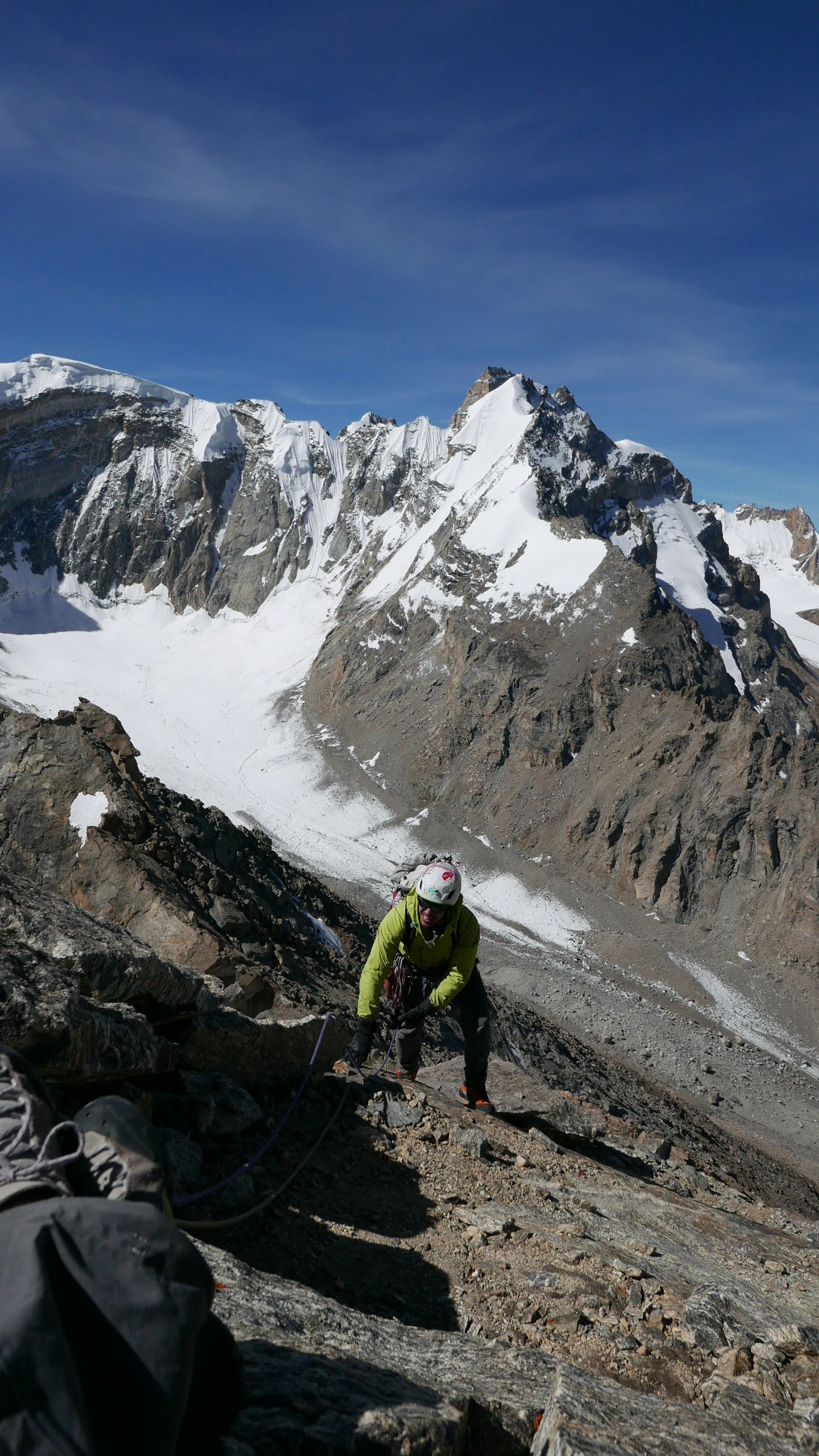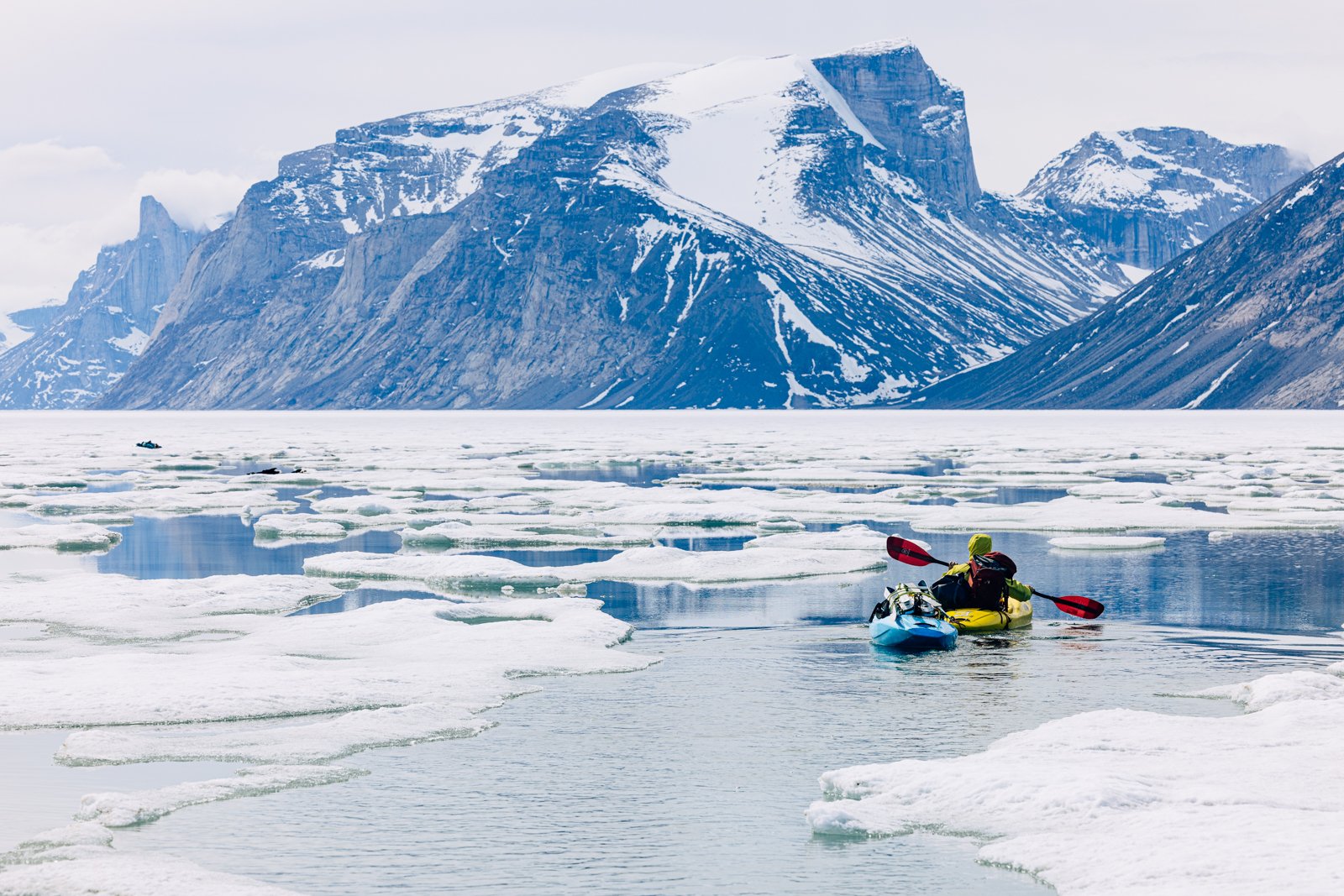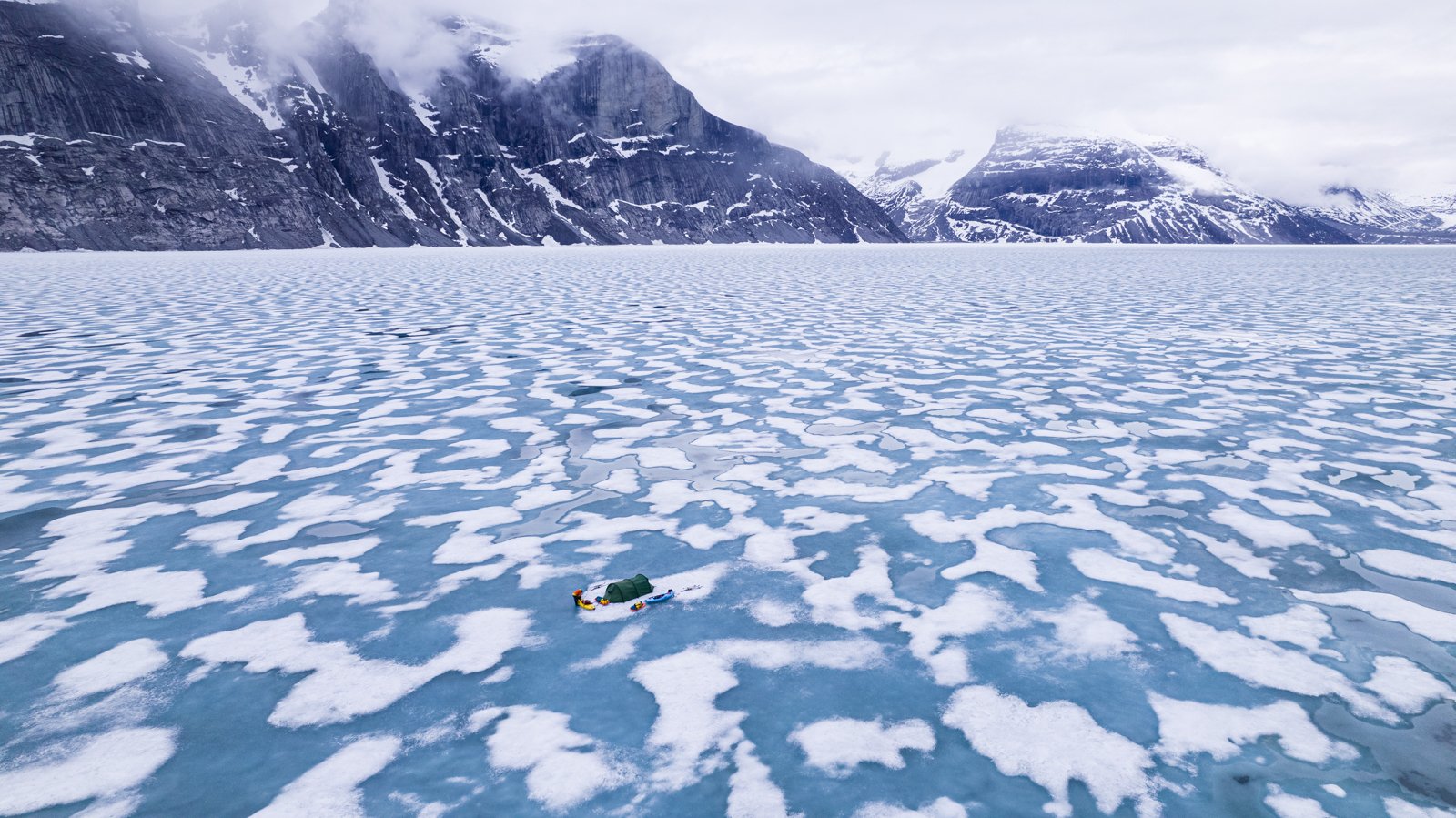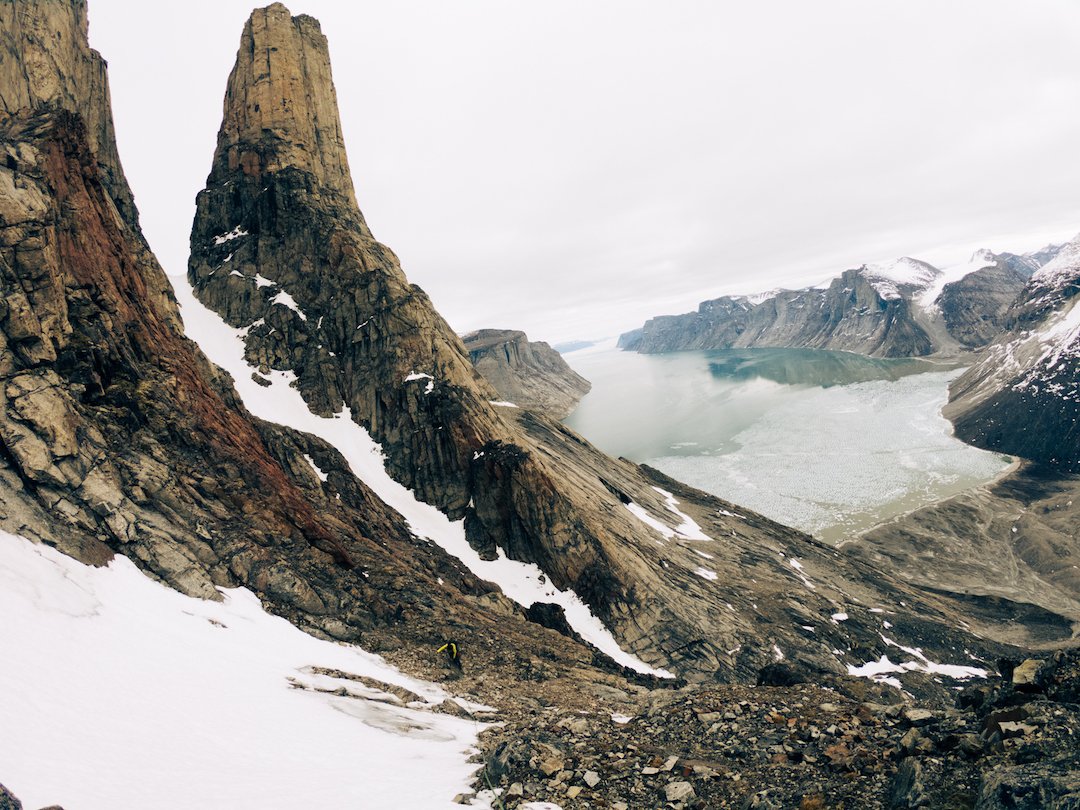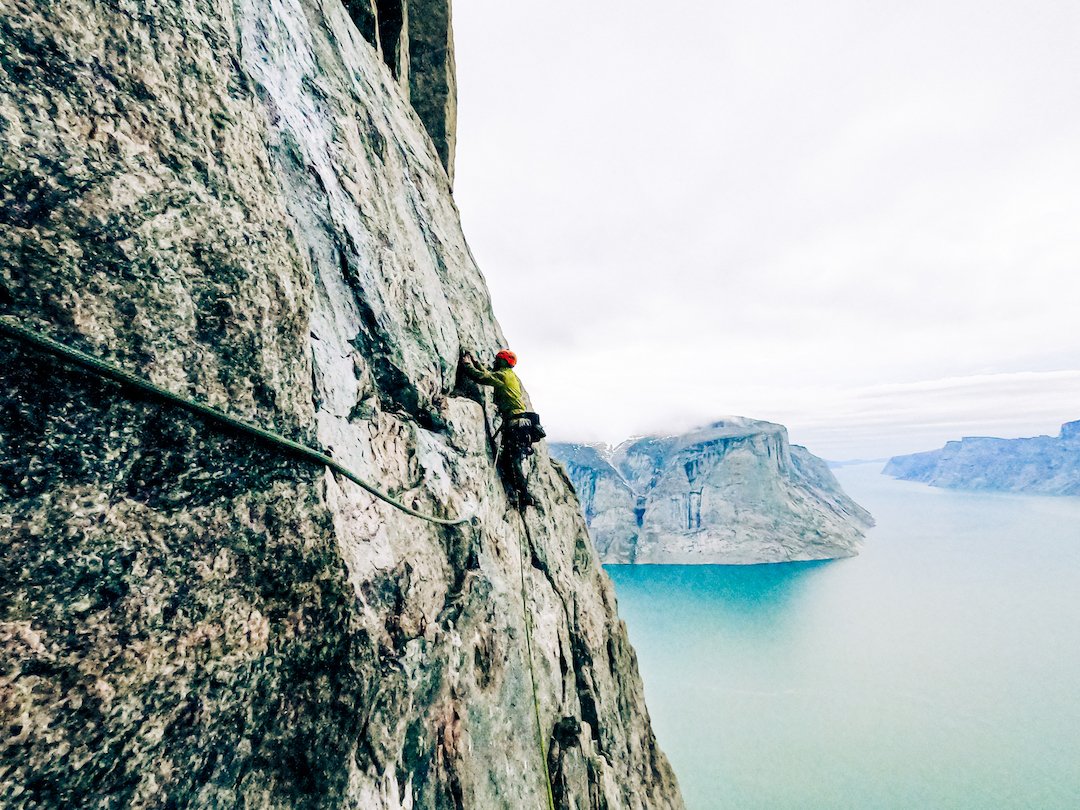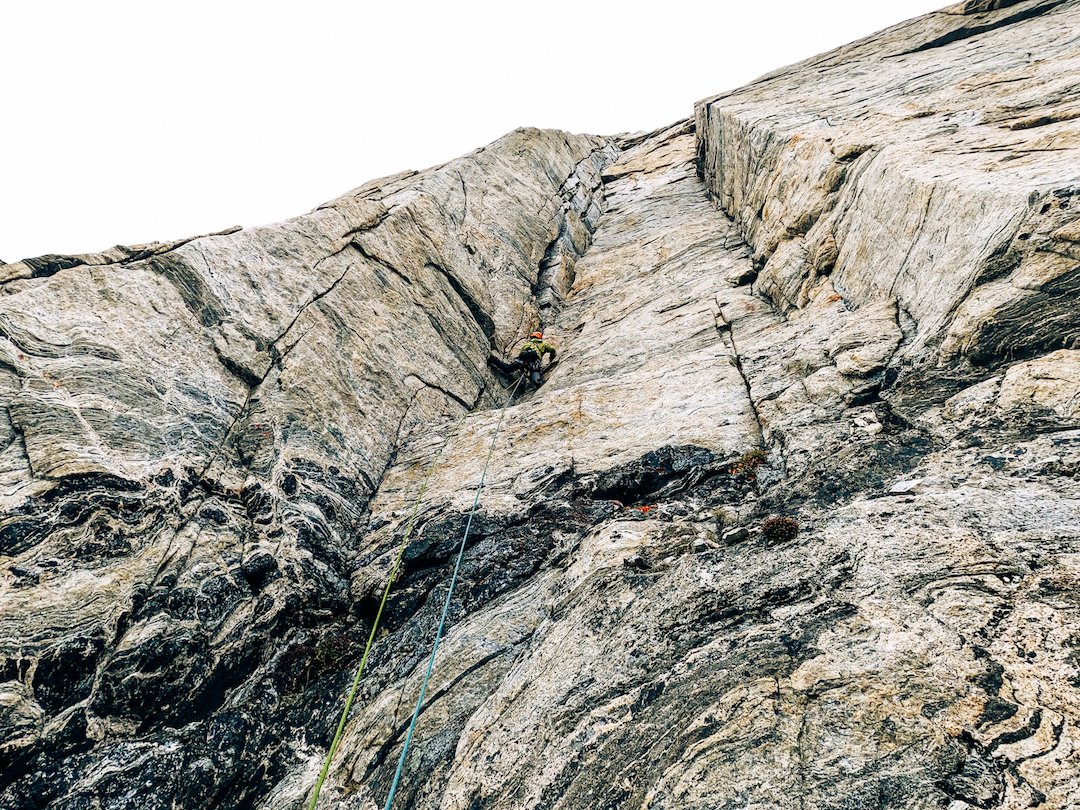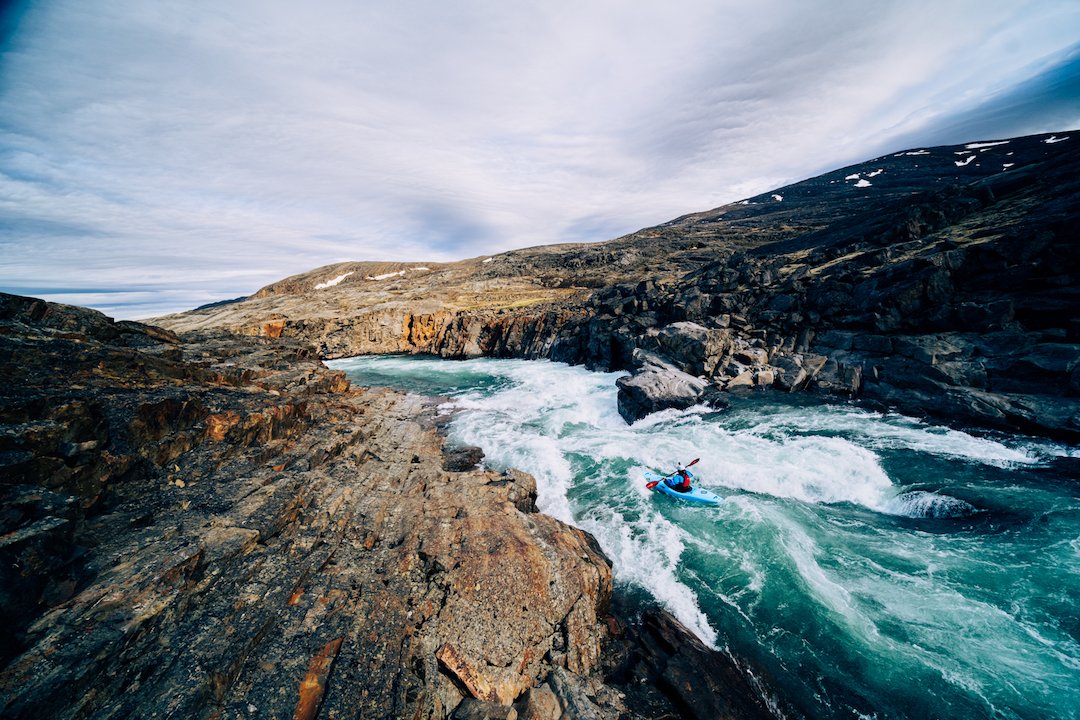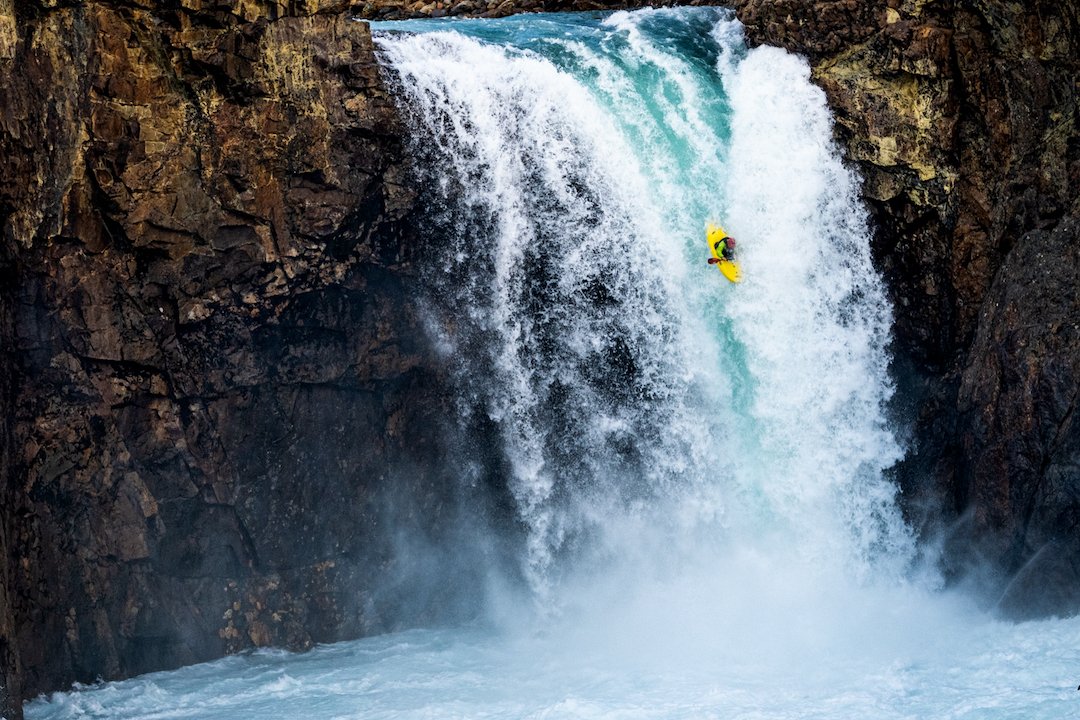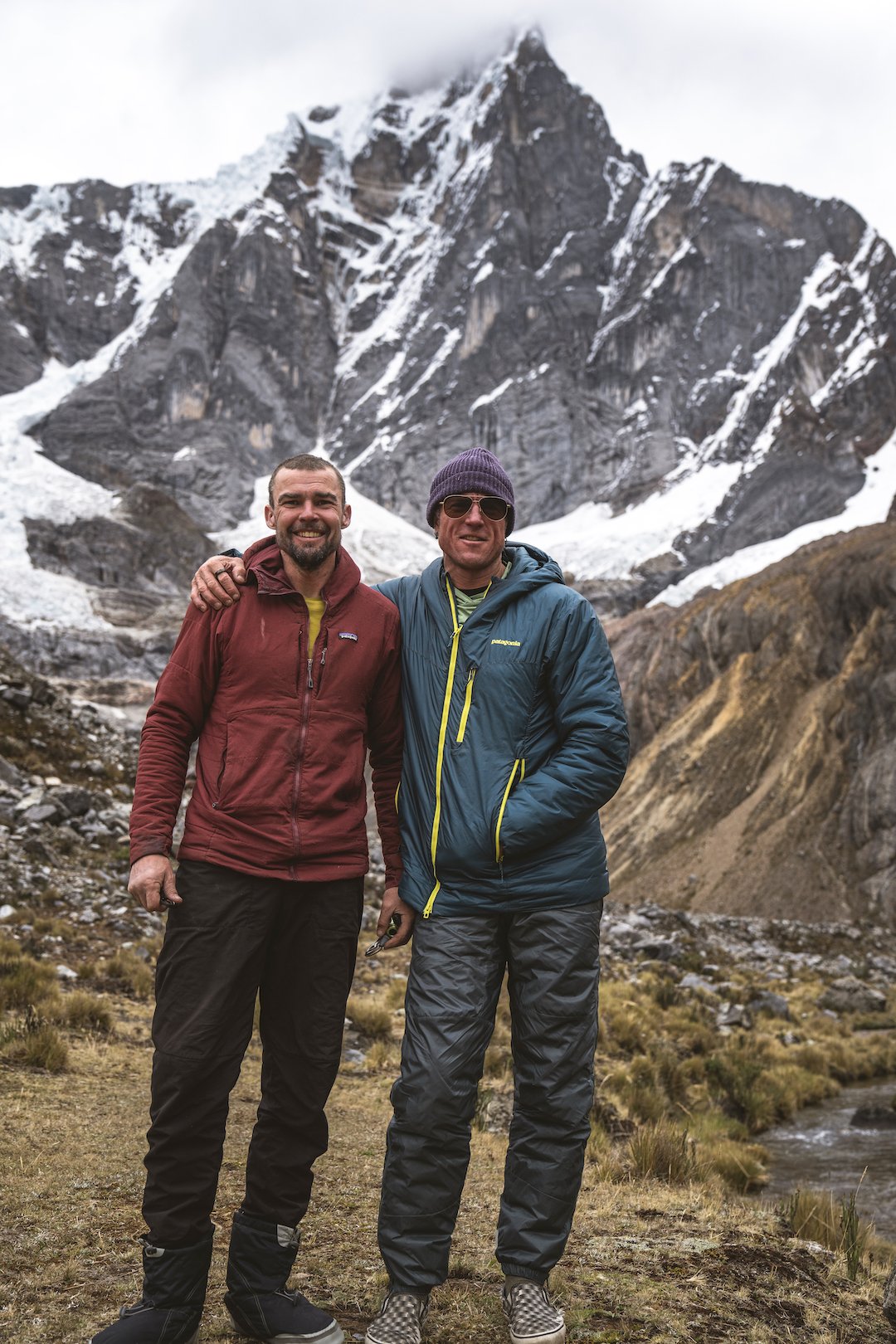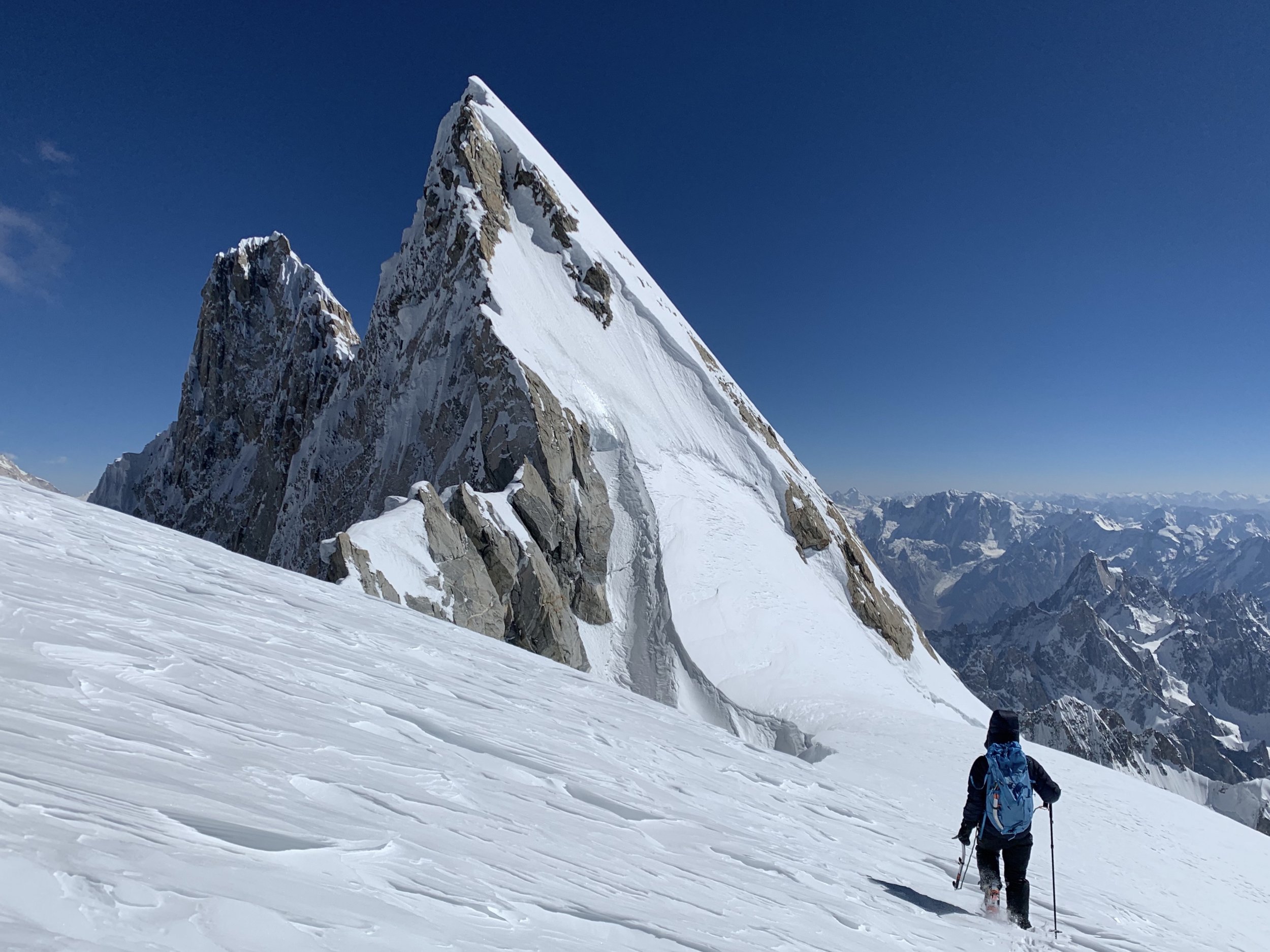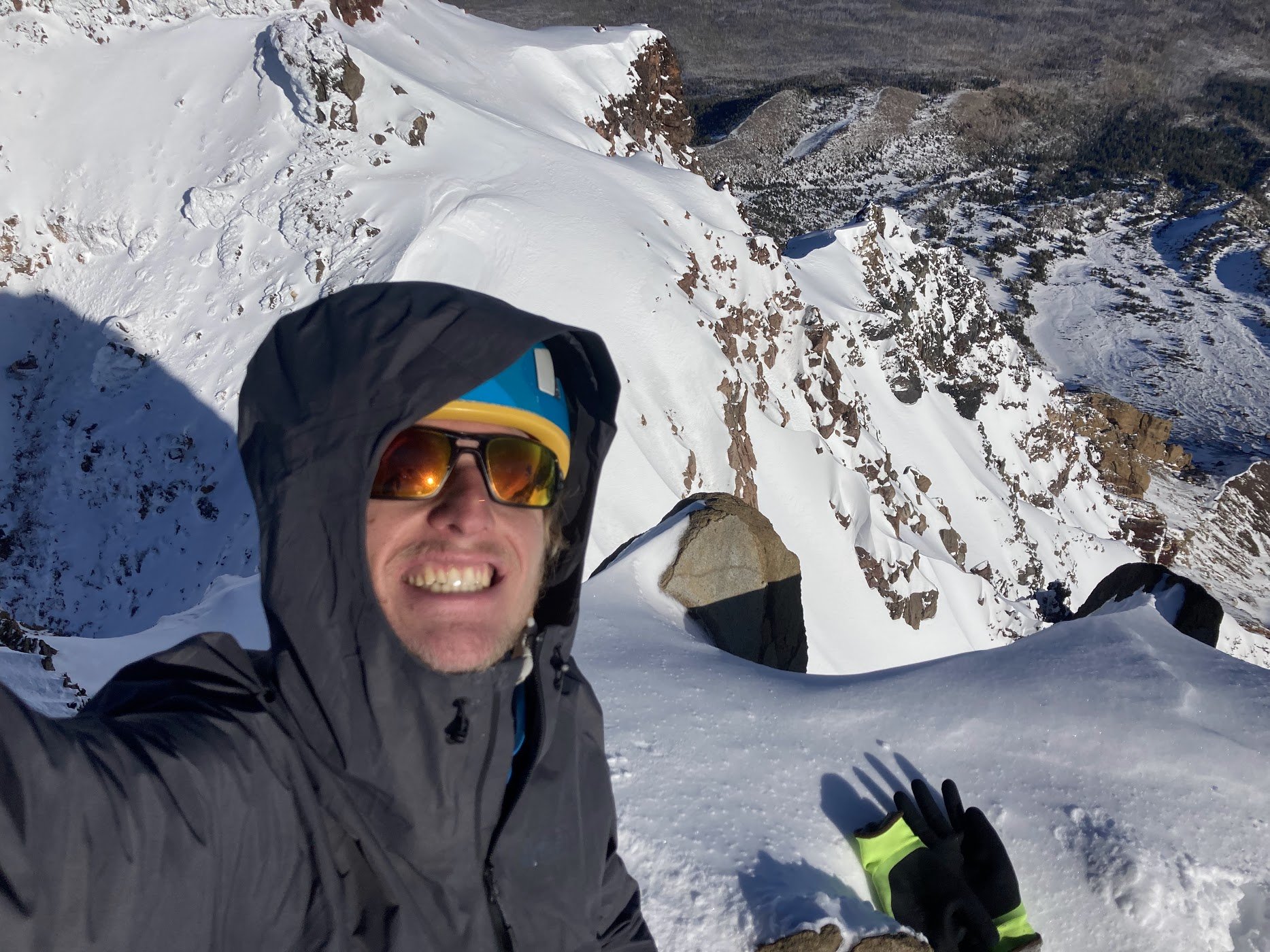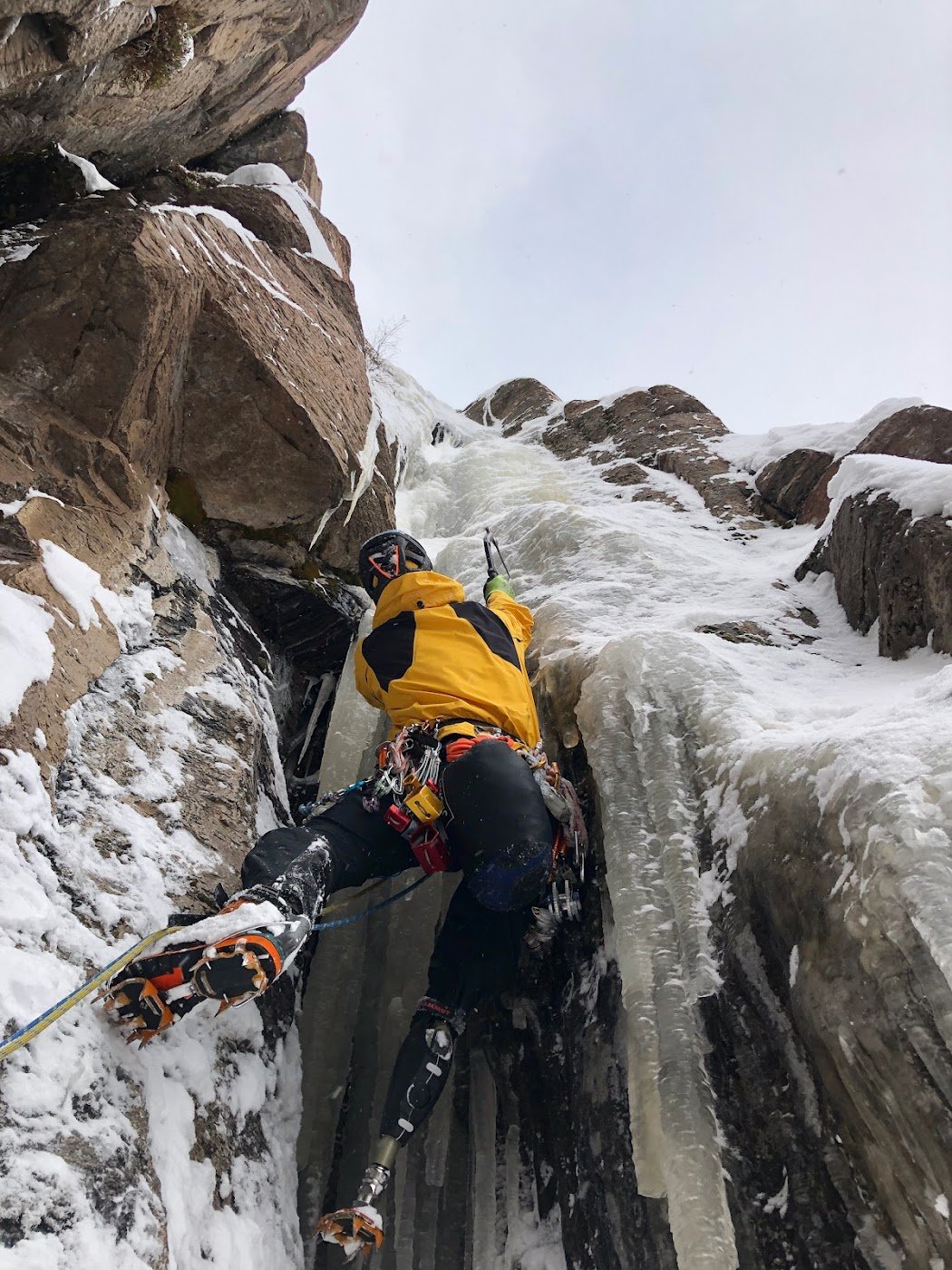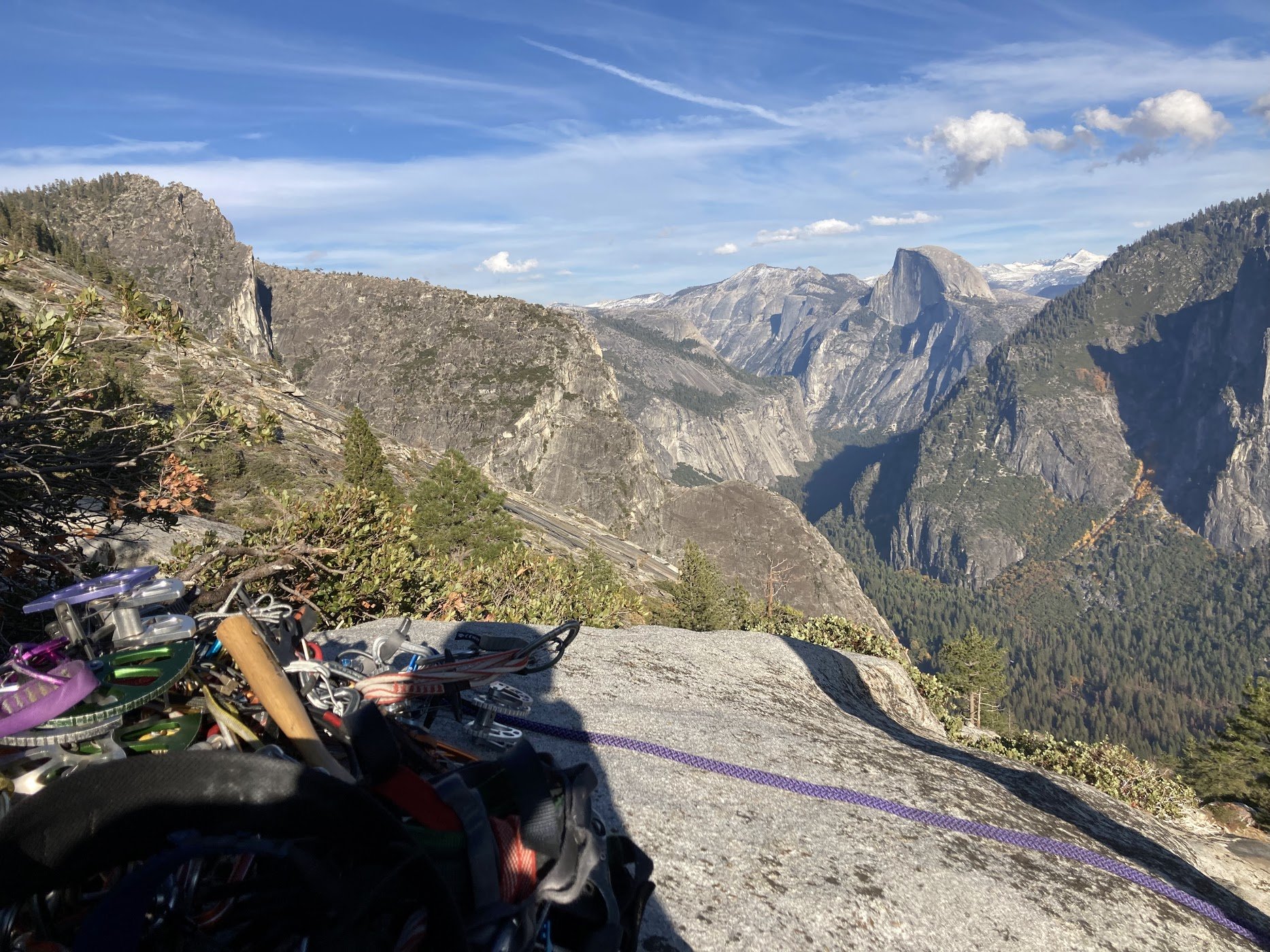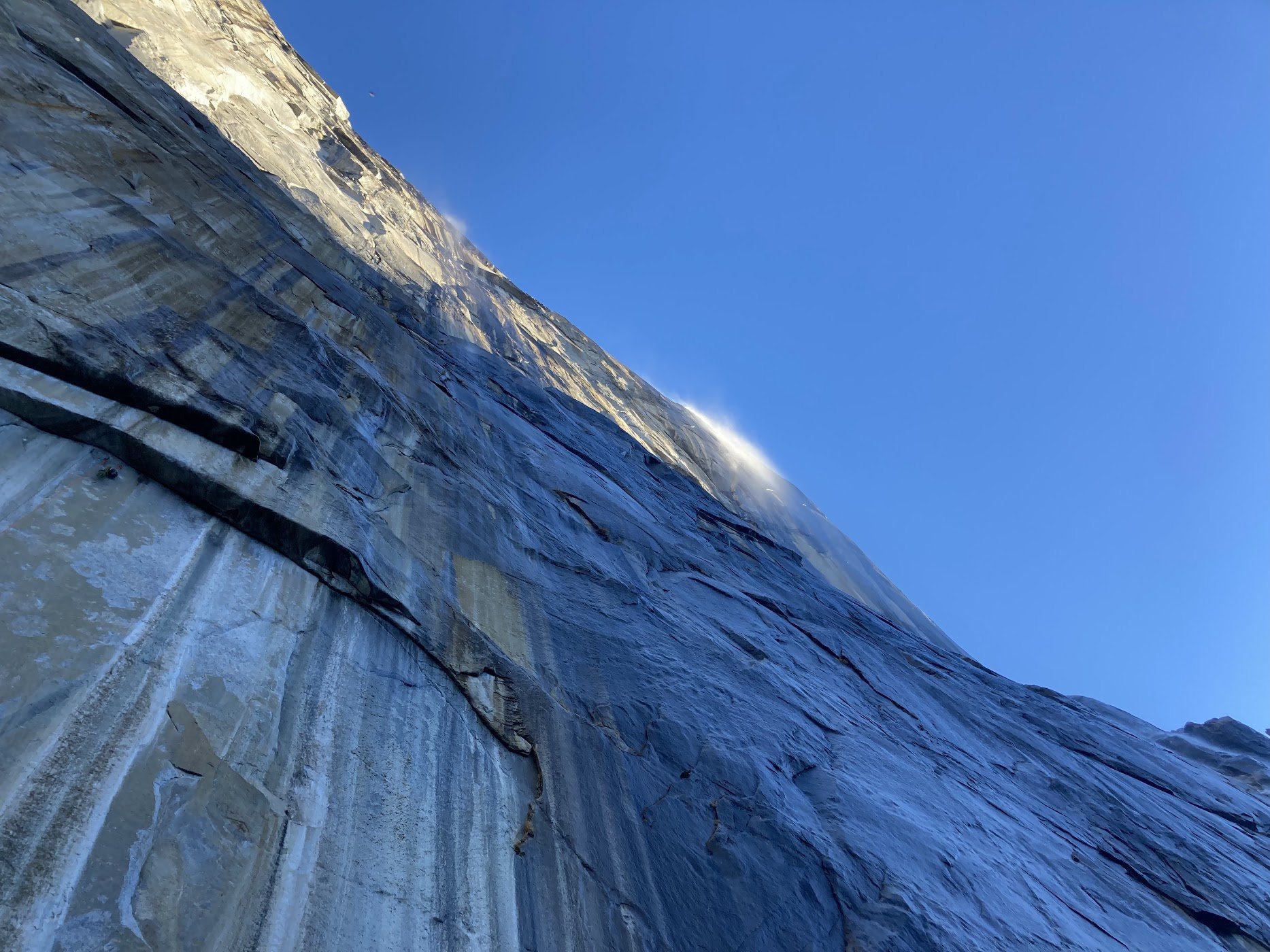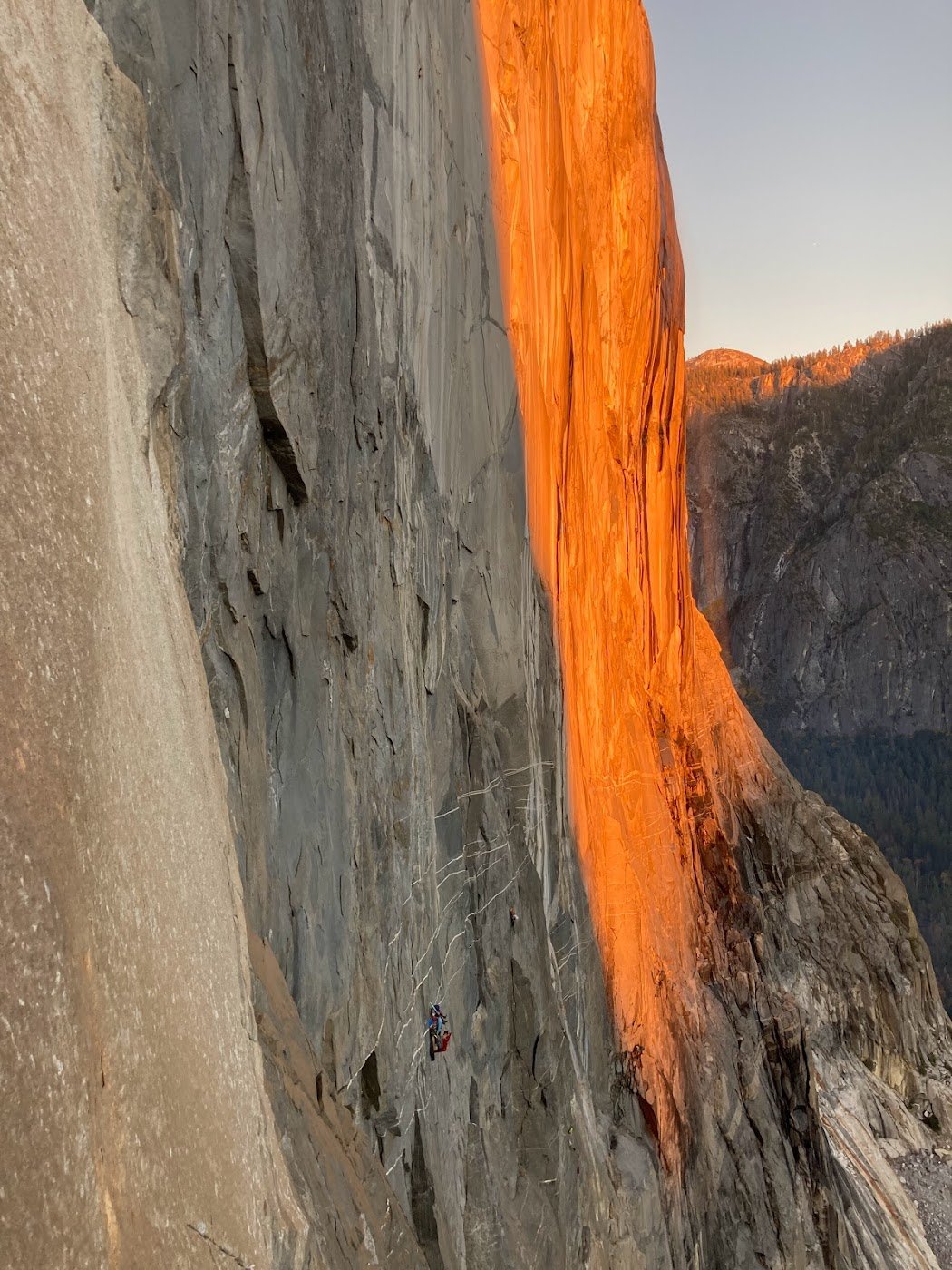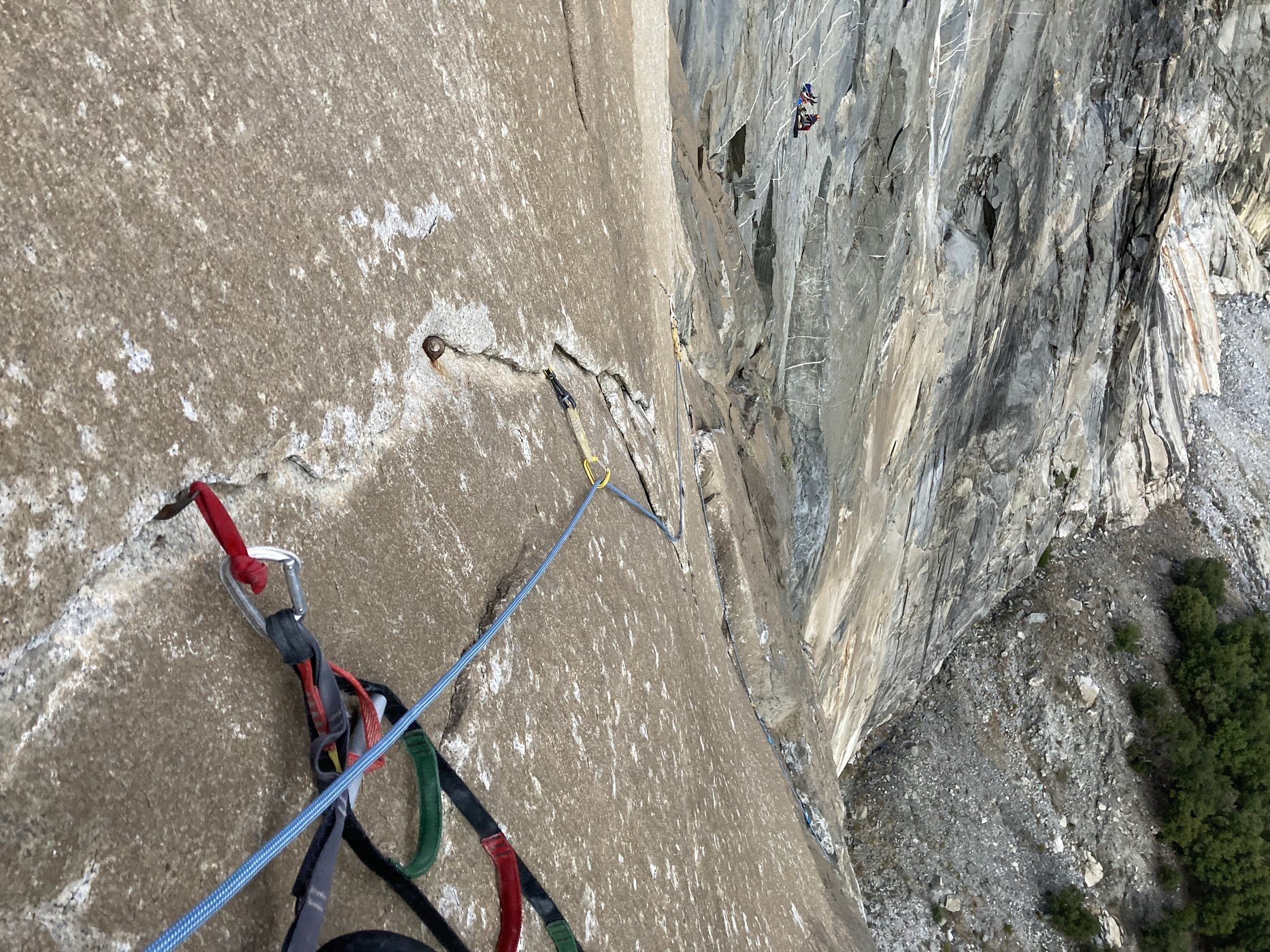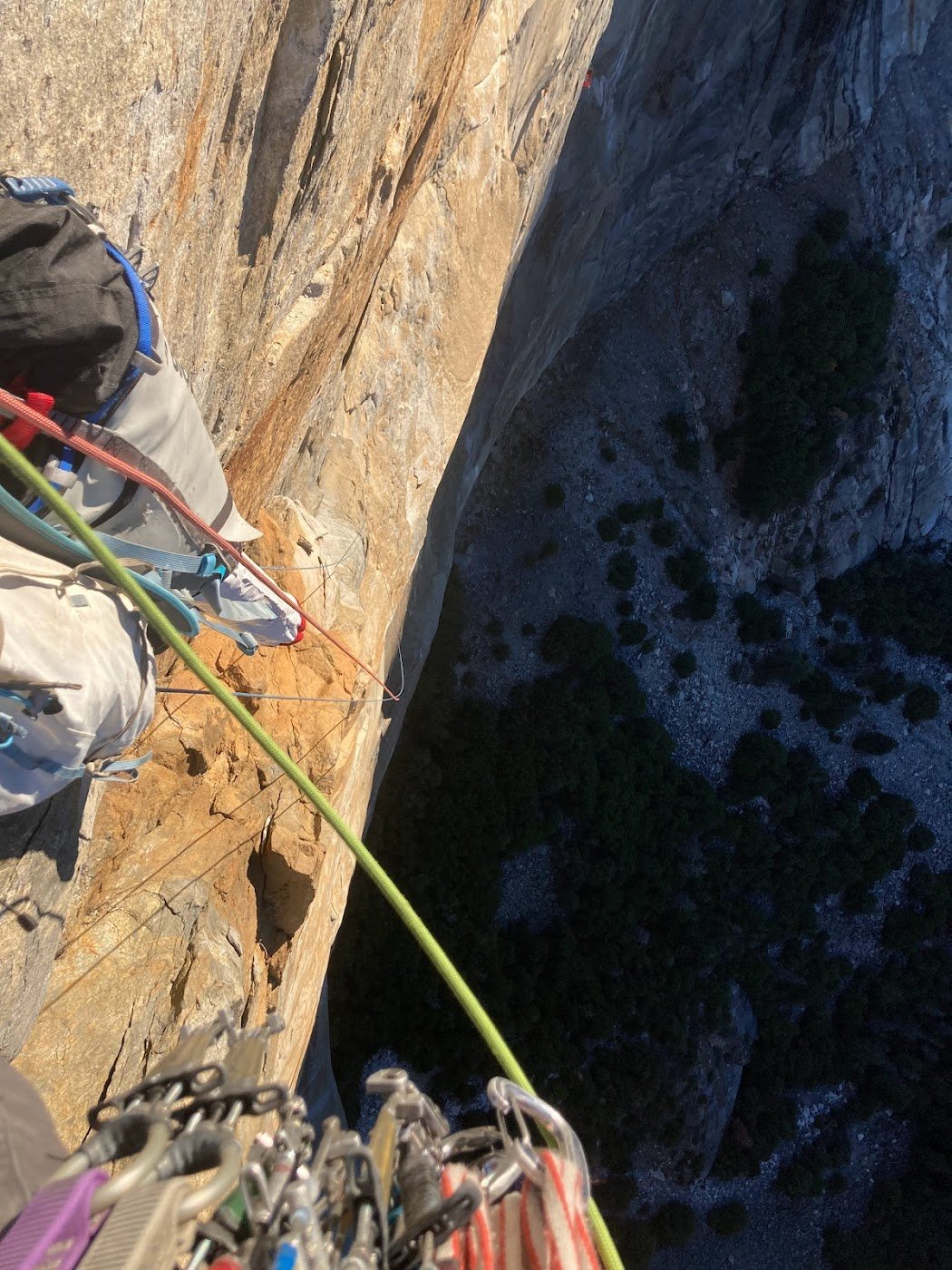The Grand Traverse is a committing objective that climbs through the highest mountains of the Teton Range: The Traverse was first done in 1963 by Allen Steck, Dick Long, and John Evans going from south to north. Most modern ascents are done north to south and this was what my climbing partner Cvetomir Dimov and I did. The sequence of peaks traveled are: Teewinot Mountain (12,330’), Peak 11,840, East Prong (12,055’), Mount Owen (12,933’), the Grand Teton (13,775’), the Middle Teton (12,809’), the South Teton (12,519’), Ice Cream Cone (12,405’), Gilkey Tower (12,320’), Spalding Peak (12,240’), Cloudveil Dome (12,026’), and finally Nez Perce (11,901’) before dropping back down into Garnet Canyon and returning to the Lupine Meadows trailhead. All told, the trip we planned would be twelve peaks, nearly 13,000 feet of elevation gain, and 14 miles of travel.
My partner Cvetomir and I decided to make the attempt over the course of three days because we had not done the route before and wanted to give ourselves the best chance for success.
This objective pushed our physical and mental limits and left us feeling stoked, stronger and more accomplished in our alpine climbing skills. This route and other alpine climbs like it demand excellent endurance, strong climbing abilities, solid judgment, and a dialed gear system that keeps weight to a minimum. In addition, route finding skills and the ability to recognize and correct mistakes quickly is key. Experiences above treeline such as the Traverse stay with you, make you stronger and more versed in alpine climbing.
The couple hiccups we ran into each day of the traverse cost us some time and in one case a rope, but fortunately nothing else. The story of our attempt on the Grand Traverse is filled with many close-calls, mistakes, and wasted-time, but that is not unique for this kind of adventure. Nothing ever goes as planned in the alpine, so the obstacles that we encountered were pretty par for the course. But as we learned, pushed through fear, and mitigated risk, the stoke just kept increasing.
We may have found ourselves off route a few times, but that only made the taste of each summit all the sweeter.



